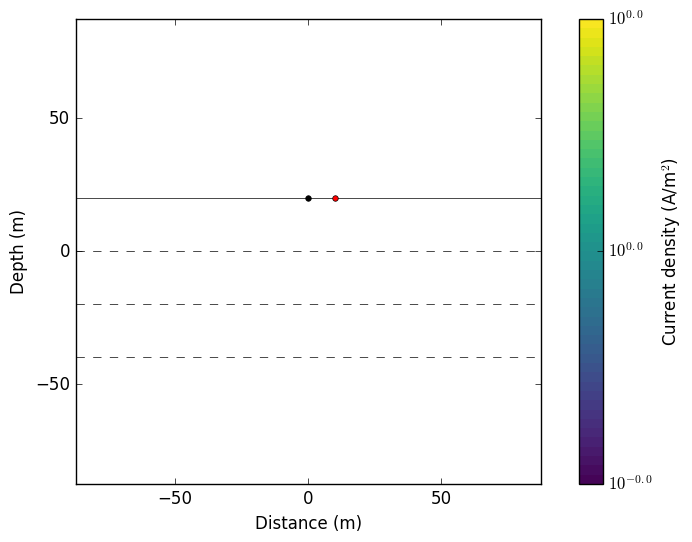Physics
Purpose
Demonstrate the fundamental physical principles governing the airborne TDEM experiment.
Most of the physics related to airborne TDEM is available in Maxwell I: Fundamentals and Maxwell IV: TDEM. Because an airborne TDEM system uses small horizontal loops as the transmitter and receiver, geophysicists have developed some representative physical models. Readers are supposed to be familiar with the following concepts.
Sphere excited by a transient magnetic dipole
Transient magnetic dipole in a whole space
Transient magnetic dipole above a half space
The basic physics of airborne TDEM is illustrated by the animation below. Click through the radio buttons to see how an airborne TDEM system senses a buried conductive object.

Two typical earth models are of particular interest in airborne EM: the 1D layered earth model and the sphere-in-halfspace model. Here we illustrate the basic physics involved in airborne TDEM with a small horizontal loop source (1 m radius) over a three-layer earth model. The receiver makes point measurement of the magnetic field. Both loops are at the same altitude 20 metres above the surface and are separated by 10 metres. Click through the radio buttons to explore the problem.
